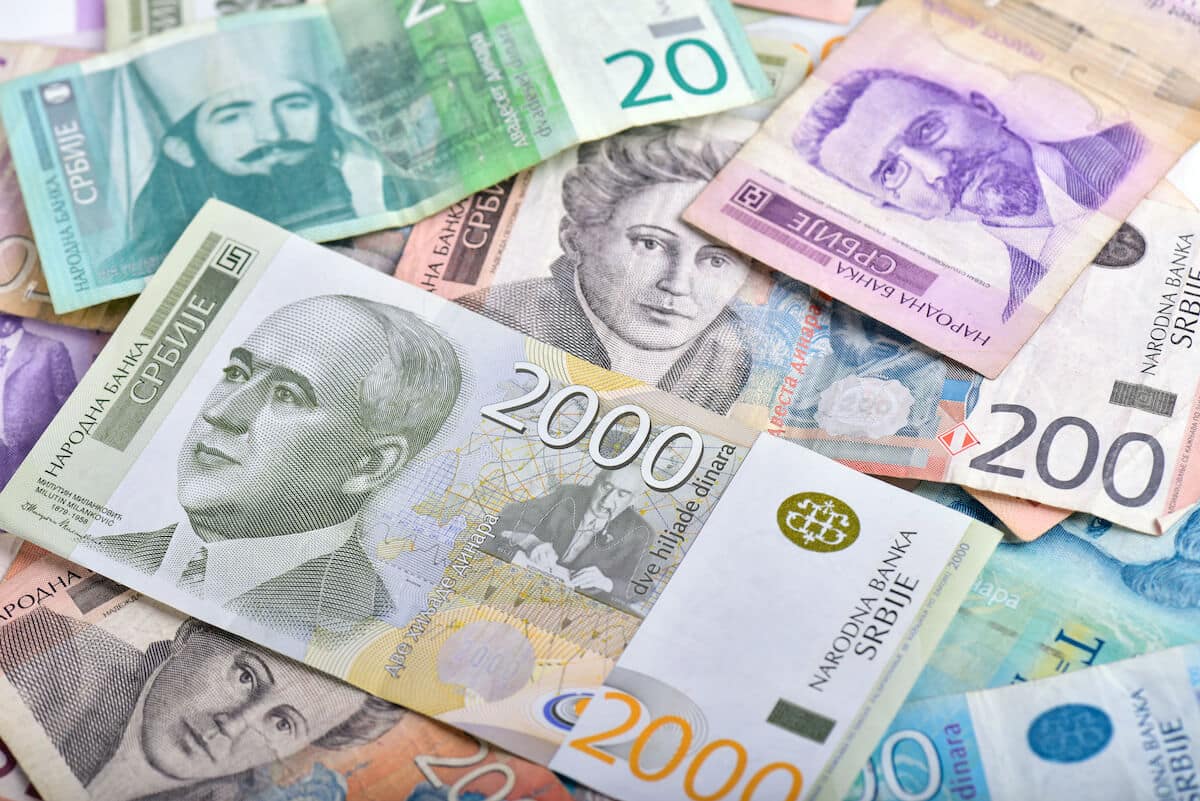Money makes the world go round—and it has for centuries. Currencies are more than just paper and coins. They help people trade, save, and build economies. Without them, buying goods or services would be a lot harder. Every country has its own currency, and some have been around for a very long time. The oldest currency still in use today is the British Pound Sterling. It was first introduced over 1,200 years ago, around 775 AD. That's older than many countries! Despite changes over time, the pound is still strong and widely traded.
Do you know which other currencies have stood the test of time and are still used today? Some might surprise you. In this article, we'll explore the oldest currencies in the world. We'll learn about their history, how they've evolved, and why they remain essential in today's global economy.
Also Read| List of Top 9 Oldest Animals in the World 2025 that are still Alive
List of Oldest Currencies in the World
According to the latest information, here's the list of the top 5 oldest currencies in the world:
| Rank | Currency Name | Country/Region | Introduced (Year/Century) | Historical Notes |
| 1 | British Pound | UK + 9 British territories | 8th century (~775 AD) | The oldest currency in continuous use originated as silver pennies. |
| 2 | Serbian Dinar | Serbia | 1214 | Named after the Roman "denarius", it survived multiple empires. |
| 3 | Russian Ruble | Russia | 13th century | First appeared as a medieval silver bar, the earliest decimal currency. |
| 4 | US Dollar | United States | 1785 | Adopted as the official currency, it became the foundation of global finance. |
| 5 | Haitian Gourde | Haiti | 1813 | Continues the historical Caribbean monetary tradition. |
| 6 | Falkland Islands Pound | Falkland Islands | 1833 | Based on the British Pound. |
| 7 | Dominican Peso | Dominican Republic | 1844 | The official currency was introduced after independence. |
| 8 | Swiss Franc | Switzerland | 1850 | Unification of over 860 different coins and notes. |
| 9 | Canadian Dollar | Canada | 1871 | First issued after the Canadian Confederation. |
| 10 | Japanese Yen | Japan | 1871 | The primary currency was introduced during the Meiji Restoration. |
1. British Pound

The British Pound, also known as the Pound Sterling, is recognised as the world's oldest currency still in continuous use. Its origins date back to around 775 AD, when it was introduced as 240 silver pennies, equivalent to one pound weight of silver. Over the centuries, the pound withstood countless economic, political, and technological changes, including the rise and fall of the British Empire. Today, it remains the official currency of the United Kingdom and various British territories.
2. Serbian Dinar

The Serbian Dinar traces its roots to 1214, inspired by the Roman denarius and first established under the reign of Stefan the First-Crowned. Medieval Serbian rulers issued silver dinars, which became prominent trade coins due to the nation's rich silver mines.
The currency was distinguished by its similarity to Venetian grossos, sometimes causing diplomatic tensions, and Dante even referenced Serbian coins in his works. The dinar underwent several transformations, especially during Ottoman rule, and was reintroduced in the 19th century as a symbol of modern Serbian statehood.
In Case You Missed| List of 11 Oldest Countries in the World 2025 (Updated)
3. Russian Ruble
:max_bytes(150000):strip_icc()/russian-roubles-146774994-dcfec7007fb94da6ac6c4737b9278dac.jpg)
The Russian Ruble can be traced to the 13th century, originally existing as a piece of a silver ingot. The word “ruble” stems from the Russian verb meaning “to chop”, referring to its origins as a chopped-off segment of a silver bar. Used throughout the Russian principalities, the rise of the Tsardom of Russia shaped the ruble. It became the first decimal currency in the world in 1704 under Peter the Great.
4. United States Dollar
:max_bytes(150000):strip_icc()/GettyImages-848755326-48dd2711646247648c4faebc98715119.jpg)
The United States Dollar was formally adopted in 1785, establishing itself as the world's leading reserve currency over the centuries. The Spanish dollar and the Austrian thaler inspired its name and structure. Early American dollars utilised a decimal system, making transactions simple and consistent. As the U.S. grew in power and influence, the dollar followed, gradually supplanting other currencies in global trade and finance.
Today, it's not only the official currency of the United States but also a benchmark for global markets, stabilising economies worldwide as the predominant vehicle for international trade and reserves.
For You| List of Top 10 Oldest Democracies in the World
5. Haitian Gourde

The Haitian Gourde was introduced in 1813 following Haiti's independence from France, replacing the colonial livre. Named after the "gourd", a unit of exchange used by indigenous people, the gourde is emblematic of Haitian sovereignty and self-reliance. Despite enduring periods of instability, currency devaluation, and economic challenges, the gourde has remained persistent for over two centuries.
What is the world's oldest currency?

The world's oldest currency still in use is the British Pound Sterling. Its origins date back to around 775 AD, during the Anglo-Saxon period, when silver pennies were first minted in England. The pound became the official currency of England in the 12th century under King Henry II, with the name initially referring to a unit of weight equal to one pound of silver.
Over more than 1,200 years, the British Pound has survived wars, economic upheavals, and the rise and fall of empires, consistently adapting to changing times. Today, it remains in use in the United Kingdom and several British territories.
What's Next| List of Top 10 Oldest Civilizations in the World
Comments
All Comments (0)
Join the conversation